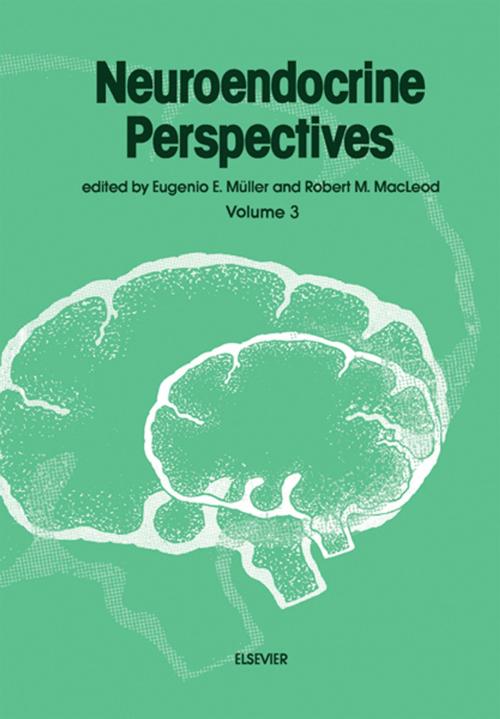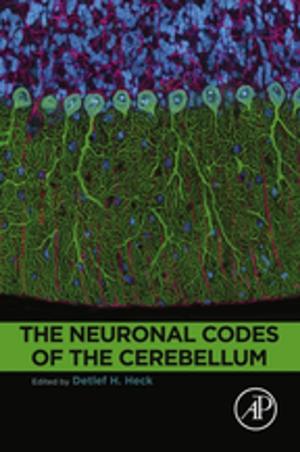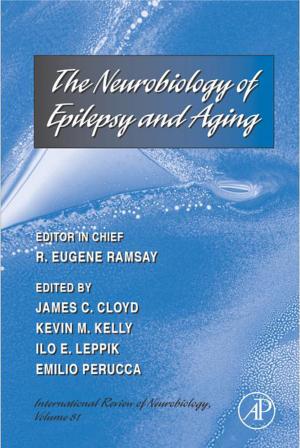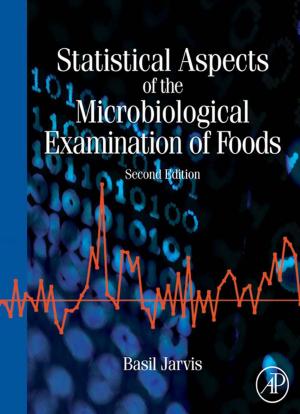Neuroendocrine Perspectives
Volume 3
Nonfiction, Health & Well Being, Medical, Medical Science, Physiology, Science & Nature, Science, Biological Sciences, Human Physiology| Author: | ISBN: | 9781483278131 | |
| Publisher: | Elsevier Science | Publication: | October 22, 2013 |
| Imprint: | Elsevier | Language: | English |
| Author: | |
| ISBN: | 9781483278131 |
| Publisher: | Elsevier Science |
| Publication: | October 22, 2013 |
| Imprint: | Elsevier |
| Language: | English |
Neuroendocrine Perspectives, Volume 3 provides information on amine and peptide biochemistry. This book discusses the availability of specific biochemical and histochemical techniques that have greatly advanced knowledge of central nervous system neurotransmitter and neuropeptide systems.
Organized into nine chapters, this volume begins with an overview of the structure of corticotropin releasing hormone. This text then examines the possible role of the cerebrospinal fluid in the regulation of pituitary function. Other chapters consider the importance of cerebrospinal fluid as a route for the hypothalamic regulation of pituitary function. This book discusses as well the available information concerning the neuroendocrine mechanisms involved in the onset of female puberty in primate and subprimate species. The final chapter deals with pineal indole metabolism and its controlling mechanisms as well as information on the interactions of the pineal hormones with neuroendocrine-reproductive axis.
This book is a valuable resource for pharmacologists, research workers, and students.
Neuroendocrine Perspectives, Volume 3 provides information on amine and peptide biochemistry. This book discusses the availability of specific biochemical and histochemical techniques that have greatly advanced knowledge of central nervous system neurotransmitter and neuropeptide systems.
Organized into nine chapters, this volume begins with an overview of the structure of corticotropin releasing hormone. This text then examines the possible role of the cerebrospinal fluid in the regulation of pituitary function. Other chapters consider the importance of cerebrospinal fluid as a route for the hypothalamic regulation of pituitary function. This book discusses as well the available information concerning the neuroendocrine mechanisms involved in the onset of female puberty in primate and subprimate species. The final chapter deals with pineal indole metabolism and its controlling mechanisms as well as information on the interactions of the pineal hormones with neuroendocrine-reproductive axis.
This book is a valuable resource for pharmacologists, research workers, and students.















